Dental Implant Coverage Overview
Understanding the coverage options for dental implants is essential for anyone considering this restorative procedure. Dental implants are integral for those missing teeth, as they can address issues such as speech difficulties, eating challenges, and self-esteem concerns (BCBS FEP Dental). Knowing how Blue Cross Blue Shield dental implant coverage works can help you make informed decisions about your dental health.
Understanding Dental Implant Benefits
Dental implants are designed to provide a durable foundation for replacement teeth, imitating the function of natural tooth roots. This procedure typically spans several months and includes several stages, including implantation and eventual placement of artificial teeth. Acoustic, aesthetic, and functional benefits can significantly enhance your quality of life.
The benefits of dental implants include:
- Improved speech
- Enhanced comfort during eating
- Better oral hygiene
- Increased self-esteem
Insurance plans vary widely in terms of the coverage they provide for these procedures. Some may offer as much as 50% coverage for the total costs, while others may limit this to specific parts of the procedure, such as crowns or support components. Fully understanding the specifics of Blue Cross Blue Shield dental implant coverage can help you maximize your benefits.
| Coverage Aspects | Details |
|---|---|
| Typical Coverage Rate | Up to 50% of total cost |
| Limitations | May only cover specific components |
| Required Pre-Authorization | Yes |
| Duration of Treatment Process | Several months |
Coverage Considerations
Before proceeding with dental implants, it’s crucial to consider a few key factors related to coverage:
-
Pre-Authorization Requirements: Most insurance plans, including those from Blue Cross Blue Shield, require a pre-authorization process, which involves submitting a detailed treatment plan and a cost estimation before the procedure. This step ensures that you’re compliant with your insurance policy’s requirements (Investopedia).
-
Annual Limits: Some dental insurance plans may impose annual limits on the number of implants they will cover. It’s important to check your plan’s specifics to avoid unexpected costs.
-
Co-Payments and Deductibles: Even with coverage, you may still be responsible for co-payments and deductibles. Make sure to consult your insurance policy to understand your financial responsibilities fully.
-
Alternative Financial Options: If your insurance coverage falls short, consider other financial avenues for affording dental implants. This might include payment plans or financing options offered by dental practices.
For additional insights into dental implant coverage under various plans, visit our articles on insurance that covers dental implants and cost of dental implants with insurance coverage.
Insurance Provider Details
Blue Cross Blue Shield FEP Dental Coverage
If you are considering dental implants, it’s essential to understand your insurance options. Blue Cross Blue Shield (BCBS) FEP Dental provides coverage for dental implants, but certain criteria must be met. Coverage is granted only when the dental implants are deemed necessary for your oral health and when they represent the least expensive appropriate treatment option. The approval of implant services generally undergoes a review process for determining dental necessity, which is conducted by licensed dentists within the BCBS network.
It’s important to note that dental insurance plans typically categorize dental implant procedures as major procedures. This often results in partial coverage, generally up to 50% of the total cost.
| Coverage Aspect | Details |
|---|---|
| Maximum Coverage | Up to 50% of total cost |
| Coverage Limitations | May limit the number of implants per year |
| Necessity Requirement | Must be deemed dentally necessary |
| Review Process | Conducted by licensed dentists within BCBS network |
Limitations and Restrictions
While BCBS FEP Dental offers coverage for dental implants, certain limitations and restrictions may apply. Some of these include:
- Coverage Limitations: As mentioned, there may be limits on the number of implant procedures that are covered each year.
- Cost Sharing: You may still be responsible for out-of-pocket costs, including deductibles and copayments.
- Necessary Treatments: Coverage is contingent on the implants being necessary and not just cosmetic in nature.
- Network Restrictions: It’s beneficial to choose in-network providers to maximize your benefits and reduce out-of-pocket expenses.
Understanding these limitations can help you navigate your insurance coverage effectively. For additional resources on dental implants, consider reviewing articles related to insurance that covers dental implants and metlife insurance dental implant dentist. This information will assist you in making informed decisions about your dental care.
Process of Obtaining Coverage
Navigating the process for Blue Cross Blue Shield dental implant coverage can seem complex, but understanding the pre-authorization requirements and necessary documentation can simplify your journey toward receiving the dental care you need.
Pre-Authorization Process
Before undergoing any implant procedures, you must obtain pre-authorization from your dental insurance provider. This process ensures that your coverage is confirmed and helps you understand the costs involved before the treatment takes place. Typically, dental insurers require that a treatment plan and a cost estimate be submitted alongside relevant medical documentation.
- Submit a Treatment Plan: Your dentist must develop a detailed treatment plan outlining the necessary procedures.
- Cost Estimate: Include an estimate of the costs associated with the dental implants.
- Medical Documentation: This may involve chart notes and diagnostic images, such as X-rays, to illustrate the need for the implants.
BCBS FEP Dental emphasizes that implants are only covered if they are deemed dentally necessary as the most cost-effective treatment option. Moreover, licensed dentists within their network will review the submitted information to determine eligibility (BCBS FEP Dental).
It’s advantageous to check if your dentist is in-network with BCBS, as this could affect the approval process and your overall costs.
Required Documentation
To navigate the pre-authorization process effectively, ensure you gather the following documents:
| Document Type | Description |
|---|---|
| Treatment Plan | A comprehensive outline of your dental surgery plan |
| Cost Estimate | Estimated total costs associated with the implants |
| Radiographic Images | X-rays or diagnostic images that support your case |
| Chart Notes | Detailed notes from your dentist indicating your dental history and needs |
Submitting accurate and complete documentation can streamline the approval process, contributing to a quicker determination of your coverage. BCBS FEP Dental provides a non-binding Explanation of Benefits (EOB) that indicates coverage plans and estimated payments for specific treatments upon completion of the review (BCBS FEP Dental).
Reviewing your health insurance policy with your provider can also clarify potential benefits, as coverage can vary widely by plan (Greenville Family Dentistry SC). Make sure you understand all aspects of your policy to prepare for any questions regarding dental services.
Cost Aspects
Understanding the cost of dental implants is crucial when considering your options for blue cross blue shield dental implant coverage. Below, you’ll find information regarding average costs and alternative financial options to help make informed decisions about your dental care.
Average Costs of Dental Implants
The prices associated with dental implants can vary significantly based on factors such as complexity and geographic location. Without insurance, a single dental implant generally costs between $3,000 to $6,000. Below is a breakdown of average costs for different types of dental implant procedures:
| Procedure Type | Average Cost |
|---|---|
| Single Dental Implant | $3,000 – $6,000 |
| Implant-Supported Bridge | $4,199 |
| Implant-Supported Dentures | $7,289 |
Dental insurance plans can vary widely in coverage for dental implants, with some plans offering coverage of up to 50% of the procedure cost. However, some may only cover specific components, such as abutments or crowns, shifting remaining costs to you (Investopedia).
Alternative Financial Options
If your insurance coverage is limited or unavailable, there are several alternative financial options that you can explore to help manage the cost of dental implants:
-
Dental Savings Plans: These plans offer reduced rates on dental care for members, significantly lowering the cost of procedures, including implants.
-
Nonprofit Organizations: Many nonprofit dental clinics offer low-cost care, making dental implants more affordable.
-
Dental Schools: Consider seeking treatment at dental schools, where students perform procedures under professional supervision at reduced rates.
-
Health Savings Accounts (HSA) or Flexible Spending Accounts (FSA): Using funds from these accounts can help cover out-of-pocket dental expenses tax-free (Investopedia).
It’s essential to consult with your dental provider about the best options available to you based on your unique situation as well as the precise coverage details of your insurance plan. For further insights on coverage specifics, have a look at our articles on insurance-covered dental implant consultation and cost of dental implants with insurance coverage.
Dental Implant Procedure
Surgical Process Overview
The process of placing a dental implant begins with your dentist making an incision in the gum to access the underlying bone. Next, a drill is used to create a hole in the bone where the dental implant will be inserted. This implant acts as a screw-like post that functions as a new tooth root. Once the post is deep within the bone, the area is stitched closed, and a healing period known as osseointegration begins. During this time, the jawbone heals and fuses with the dental implant, creating a strong foundation.
The osseointegration process can take several months. To maintain aesthetics during this period, you may receive a removable temporary denture. After adequate healing, the dentist will attach an abutment to the dental implant. This abutment serves as the connector between the dental implant and the artificial tooth.
| Step | Description | Time Frame |
|---|---|---|
| Incision | Dentist cuts the gum to access bone | Immediate |
| Implant Placement | A screw-like post is inserted into the bone | Immediate |
| Osseointegration | Healing period; jawbone fuses with implant | Several months |
| Abutment Attachment | Minor procedure to attach the abutment | 2 weeks after osseointegration |
| Crown Placement | Final artificial tooth is attached | After abutment healing |
Recovery and Post-Procedure Care
After the surgical placement of the dental implant, recovery involves managing any swelling or discomfort. Following the dentist’s post-procedure instructions is crucial for a smooth recovery. It may include dietary recommendations, such as sticking to softer foods, especially right after the procedure.
Pain relief medications may be prescribed to manage discomfort. Oral hygiene is essential; however, care should be taken to avoid the surgical site initially. Gentle rinsing with warm salt water can promote healing.
Two weeks after the procedure, you will return to the dentist for a follow-up appointment. During this visit, the abutment will be attached if it hasn’t been placed during the initial surgery. After this minor procedure, you’ll again need to wait for about two weeks for the gums to heal before the final crown is attached.
For more information on dental implant coverage options, check out our guide on insurance that covers dental implants.
Dental Insurance Insights
Navigating dental insurance can be complex, especially if you’re considering procedures like dental implants. Understanding the nuances associated with waiting periods and selecting the right dental plan can help you maximize your benefits.
Waiting Period Information
Dental insurance waiting periods can differ based on your specific plan but typically range from a few months to over a year. These waiting periods primarily apply to basic and major dental work. Most plans provide immediate coverage for preventive dental care such as cleanings and check-ups. Here’s a breakdown of typical waiting periods for various dental services:
| Procedure Type | Typical Waiting Period |
|---|---|
| Preventive Care | No waiting period |
| Basic Procedures | 3 to 6 months |
| Major Procedures | 3 months to 1 year |
Implementing waiting periods enables insurance providers to maintain affordable costs and prevents individuals from undergoing costly procedures shortly after obtaining coverage, thereby protecting against increased premiums for all customers (Anthem).
Choosing the Right Dental Plan
When selecting a dental plan, consider your specific needs, including the type of procedures you may require in the future, such as implants, bridges, or other major restorative work. Here are several factors to evaluate when choosing your plan:
- Coverage Details: Ensure the plan offers adequate coverage for cosmetic procedures and restorative services.
- Network Availability: Consider plans that include in-network providers known for premium dental care in Huntersville.
- Waiting Periods: Look for plans with minimal or no waiting periods for coverage on major and basic procedures.
- Costs: Compare premiums, deductibles, and estimated out-of-pocket expenses associated with services you may need.
Make sure to review if your plan aligns with your aesthetic and health priorities in dental care. Explore relationships between insurance providers and local dentists to ensure seamless access to the services you seek. For readers interested in insurance options for dental implants, resources such as insurance that covers dental implants may provide additional insight.
Make informed decisions by discussing your options with a dental care provider who can guide you on the best available plans tailored to your dental needs.








